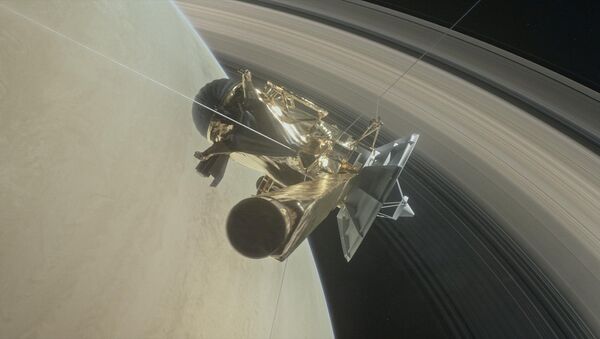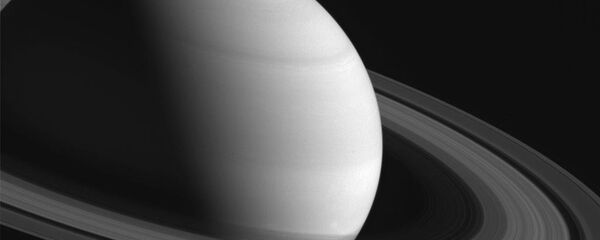At high noon GMT on Friday, Cassini will be pulled into Saturn's atmosphere and continue to beam back information that it collects with its sensors. Eventually, the craft will be pulled so deep in that its antennae will no longer be able to contact Earth. A minute or so later, Saturn's powerful gravity will tear Cassini apart, vaporizing it almost instantly. Not even Cassini's plutonium core will survive the plunge into Saturn's gravity well.
"The mission has been insanely, wildly, beautifully successful, and it's coming to an end," said NASA program scientist Curt Niebur. "I find great comfort in the fact that Cassini will continue teaching us up to the very last second."
It will be possible, but difficult, to observe Cassini's death from Earth, due to the spacecraft's small size and the position of Saturn in the sky. The Grand Finale is necessitated to prevent the possibility of Earthly bacteria that has been living on Cassini for the last 20 years contaminating an object orbiting Saturn — an unlikely but possible occurrence.
The aging spacecraft, which launched from Earth in 1997 and arrived at Saturn in 2004, was only supposed to monitor the ringed planet for four years. Four years became thirteen, as Cassini continuously exceeded expectations and NASA kept discovering new tasks for the probe.
"There's another part of me that's just, 'It's time. We did it.' Cassini was so profoundly, scientifically successful," said planetary scientist Carolyn Porco at the University of California, Berkeley. "It's amazing to me even, what we were able to do right up until the end."
In April 2017, Cassini began the last and riskiest phase of its mission: the Grand Finale, a series of risky dips and dives throughout Saturn's inner rings. It has done this 22 times, each time sending previously-unknown data back to Earth.
Its final mission was a gravity assist around Saturn's largest moon, Titan, to set it on a collision course with Saturn's main body. It is now too late to turn things around: Cassini's fate is sealed.
Cassini is the only spacecraft in human history to orbit Saturn, and only the fourth to enter Saturn's orbit; three previous NASA spacecraft only conducted flybys.
Among Cassini's most important discoveries were six small moons and hundreds of moonlets within Saturn's rings. Cassini also discovered the presence of organics on Saturn's icy moon Enceladus, leading to speculation that microbes or some other simple life could potentially be living there. NASA intends to send another probe to investigate at some point.




